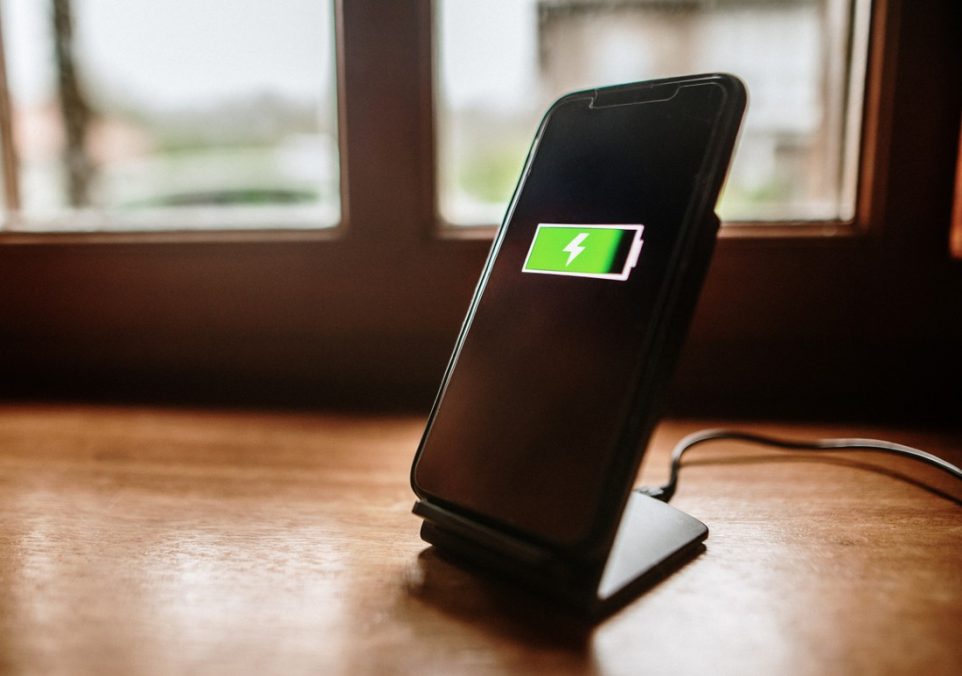Smartphones 101: How Does Wireless Charging Work?

Wireless charging has revolutionized smartphone usage by providing convenience and simplicity. Gone are the days of dealing with tangled cables, fraying cords, or hunting for charging ports. Instead, we place our smartphones on a pad or stand, and wireless charging handles the rest. But how does this technology work? In this blog, we’ll uncover the mysteries of wireless charging, delving into its principles and mechanics. From inductive charging to electromagnetic fields, we’ll explore the fascinating science that powers this hassle-free charging method. Get ready to dive into the world of wireless charging and understand the magic behind this revolutionary feature.
Understanding the Basics
Wireless charging, also known as inductive charging, is a method of charging smartphones and other devices without using physical charging cables. Instead, it relies on electromagnetic fields to transfer power from a charging pad or stand to the device’s battery. This technology is based on the principles of magnetic resonance and electromagnetic induction.
The Components of Wireless Charging
Charging Pad or Stand
The charging pad or stand serves as the power source in wireless charging. It contains a coil of wire that is responsible for creating the electromagnetic field needed for charging. The pad is connected to a power source, such as a wall outlet or USB port, to supply the necessary electrical energy.
Smartphone or Device
The smartphone or device to be charged must have a compatible wireless charging receiver. This receiver is typically a coil of wire embedded in the device’s back cover or near the charging port. When the device is placed on the charging pad, the coil inside the smartphone interacts with the electromagnetic field, enabling the transfer of energy to the device’s battery. You can also charge phones with this capability on the go by using magsafe rings. It’s an accessory featuring a ring of magnets placed on the back of phones (or cases) that allow you to attach magnetic accessories like battery packs to the smartphones without you having to carry them.
The Process of Wireless Charging
Generating an Electromagnetic Field
When the charging pad is connected to a power source, an alternating current (AC) flows through the coil of wire in the pad. This flow of electrical energy generates an electromagnetic field around the coil.
Inducing Voltage in the Smartphone
When the smartphone or device is placed on the charging pad, the coil of wire inside the device comes into the range of the electromagnetic field generated by the pad. This interaction induces a voltage in the coil of the smartphone, creating an electrical current.
Charging the Battery
The induced current in the smartphone’s coil is directed to the device’s battery through the device’s charging circuitry. The electrical energy is then converted back into direct current (DC) to charge the battery. The battery stores this energy for later use to power the smartphone.
Types of Wireless Charging
Qi Wireless Charging
Qi (pronounced “chee”) is the most widely adopted wireless charging standard, developed by the Wireless Power Consortium. Qi-compatible devices can be charged on any Qi-certified charging pad or stand. Many smartphone manufacturers have embraced Qi technology, making it a ubiquitous feature in modern smartphones.
PMA (Power Matters Alliance) Wireless Charging
PMA is another wireless charging standard, developed by the Power Matters Alliance. While less common than Qi, some smartphones and devices support PMA wireless charging. PMA-compatible devices require PMA-certified charging pads or stands for wireless charging.
Advantages of Wireless Charging
Wireless charging offers a host of advantages that make it an appealing option for charging your devices. Firstly, it provides unparalleled convenience by eliminating the need for charging cables and ports. Secondly, wireless charging helps minimize wear and tear from frequent cable connections. Additionally, many wireless charging pads support multiple-device charging. Embracing wireless charging technology not only simplifies your charging routine but also enhances the overall organization and longevity of your cherished devices.
Conclusion
Wireless charging technology has revolutionized the way we power our smartphones and devices. By harnessing the power of electromagnetic fields, wireless charging provides a convenient, tangle-free, and efficient method of charging our devices. As more smartphones embrace Qi wireless charging and wireless charging technology continues to evolve, we can expect even more seamless and advanced charging experiences in the future. Embrace the simplicity of wireless charging and enjoy the convenience it brings to your daily life.
Your Trust, Our Core Commitment
At Rising Tech, earning and maintaining your trust is the cornerstone of our mission. We're dedicated to transparency, impartiality, and the relentless pursuit of truth in every article, review, and recommendation we publish. Our commitment to these principles ensures that you, our valued reader, are always equipped with reliable and unbiased information. Let us be your trusted guide in the ever-evolving world of technology.